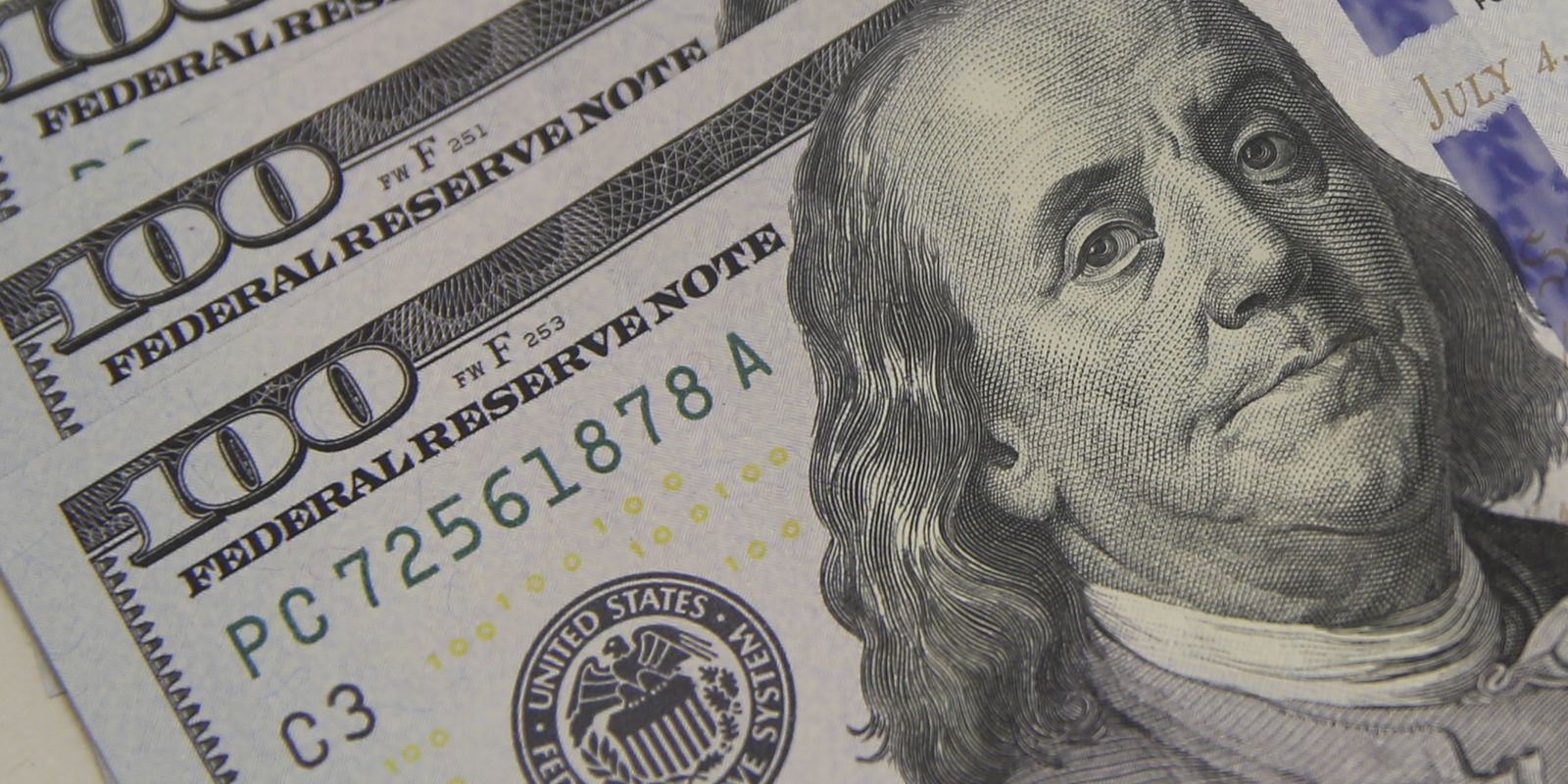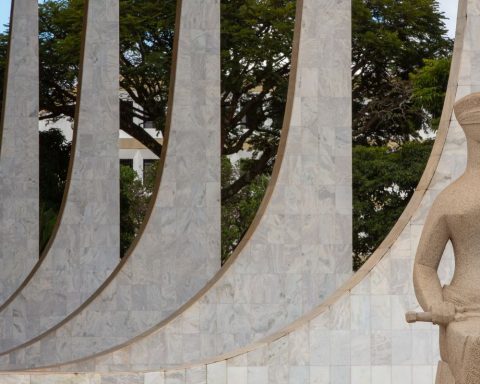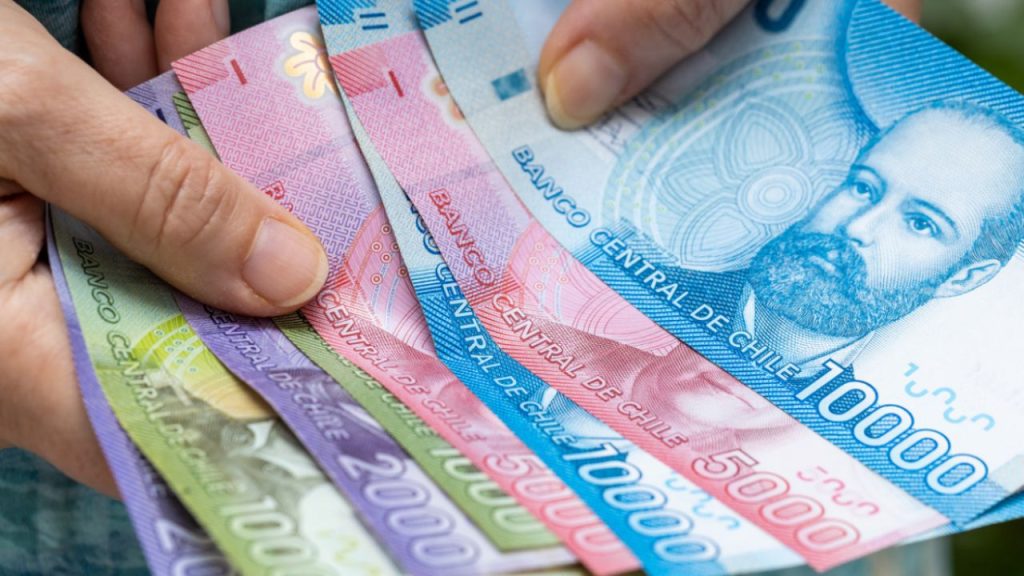The increase in imports of services and the drop in the trade surplus caused the external accounts deficit to reach its highest level since 2019 for the first seven months of the year, the Central Bank (BC) announced this Monday (26). From January to July, the result was negative at US$ 25.552 billion. The deficit more than doubled compared to the same period in 2023, when it had been US$ 12.54 billion.
Also known as current transactions, external accounts measure a country’s vulnerability to external crises. The indicator is formed by the sum of the trade balance, the balance of services (exports minus imports of services), primary income (which includes remittances of profits abroad and interest payments on loans) and personal transfers from Brazilians living abroad to their families.
In July alone, external accounts recorded a deficit of US$5.162 billion, an increase of 45.1% compared to the same month in 2023.
The main factor responsible for the increase in the external accounts deficit was the increase in imports of services, among other services. This led the balance of services, which includes transportation, insurance, financial services and international travel, to close the first seven months of the year with a deficit of US$ 28.937 billion, compared to a negative result of US$ 22.159 billion in the same period of 2023.
At the same time, after successive growths until 2023, the trade surplus is falling in 2024. From January to July, the country exported US$ 44.696 billion more than it imported. In the first seven months of last year, the result was positive at US$ 49.789 billion.
According to the Central Bank, the increase in the external accounts deficit is linked to economic growth. When the Gross Domestic Product (GDP, the sum of the wealth produced in the country) grows, the country imports more products and services.
Tourists abroad
Within the services account, the external accounts also measure Brazilian tourists’ spending abroad. In the first seven months of the year, Brazilian tourists spent US$8.403 billion in other countries. Despite the rise in the dollar, these expenses fell slightly compared to the same period last year, when they totaled US$8.465 billion.
In July alone, tourist spending abroad reached US$1.384 billion, exactly the same level as in 2023. As the dollar has accumulated a 19.56% increase in the 12 months ending in July, the stability in spending can be explained by the increase in income of Brazilian tourists leaving Brazil.
Direct investments
The negative balance of external accounts is usually offset by foreign direct investment, investments by companies that generate jobs in the country. From January to July, foreign companies invested US$ 45.065 billion in Brazil, an increase of 20.15% compared to the same months in 2023.
In July alone, foreign direct investment totaled US$7.258 billion, a slight increase compared to the US$7.1 billion recorded in July last year.


















